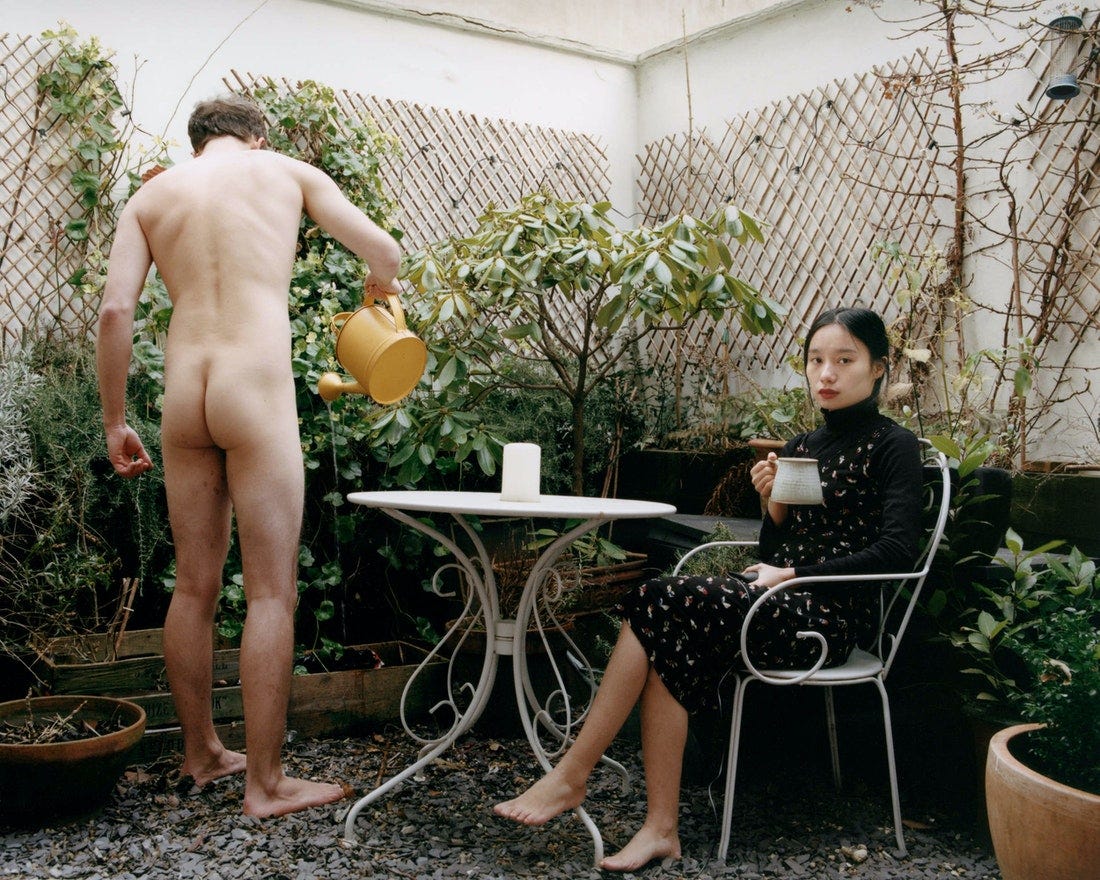This week, we interviewed Yan Cong, Beimeng Fu, and Ye Charlotte Ming, who write Far & Near, a publication that brings multimedia stories from China to an international audience.
This interview has been lightly edited for length and clarity.
What’s your Substack about in one sentence?
Far & Near highlights the best stories published in Chinese media by Chinese photographers, filmmakers, and artists.
What inspired you to start a publication highlighting Chinese visual storytelling?
Our publication dates back to 2015, when it existed as a column on ChinaFile and World Press Photo Witness. The three of us are from China and all have backgrounds in visual storytelling—one works as a video journalist, one is a photo editor and writer, and one is a photojournalist turned media theory researcher.
We feel that there’s a tremendous interest in China, a complicated, multifaceted society that’s unfortunately often reduced to stereotypes in the international media. By showing the country through the eyes of Chinese artists and journalists, we could offer the international audience a more nuanced look at the country. Chinese media are not a monolith. Despite being tightly squeezed by censorship and budget cuts these days, many Chinese journalists are still trying their best to cover important conversations taking place there.
“There’s a tremendous interest in China, a complicated, multifaceted society that’s unfortunately often reduced to stereotypes in the international media.”
We also really believe that the perspectives of local talents need to be told, and we sensed that a lot of editors, creative directors, and galleries are increasingly interested in working with them, which is why we began doing this work.
Your publication offers an insider’s glimpse into art and culture that’s not typically seen outside China. What are you hoping readers get out of it?
When we select projects, our criteria are quality, innovation, newsworthiness, and whether it is a trend or undercurrent in Chinese society that’s not so well understood internationally. We hope our Chinese readers can see themselves and their lived experiences represented in the stories, and our foreign readers can be exposed to more nuanced views on the country.
For example, we highlighted a story about a school that teaches people how to navigate China’s notorious drinking culture. If you google, you will find hundreds of English articles telling people that’s how things are done there. But do Chinese people even enjoy it, or do they feel trapped by it? There’s currently an intense debate going on in society about the toxic side of the practice, and young people are simply fed up.

We don’t think the lack of understanding is because of a lack of interest. Sometimes Chinese sources are inaccessible because of language barriers, or readers simply don’t know where to find them. By translating these stories and presenting them to readers internationally, we seek to humanize, relate, and connect.
Are there any notable themes and trends in Chinese visual journalism and storytelling right now?
A few factors are affecting what’s happening in China: freedom of the press is under attack, resources are dwindling in the journalism industry, and the editorial process is increasingly dictated by algorithms and traffic. Because of all these, we see visual storytellers adapt by creating more stories based on personal experiences instead of going for enterprise stories of an investigative nature. Some journalists have also transitioned into making art and selling their works in galleries. The line between editorial and commercial is also blurred. We have to say that all of these trends are somewhat happening in the West as well, but in China, things are more extreme and changes happen at a much faster pace.
There is a growing trend of self-publishing, in which photographers make their own zines and tour artbook fairs across the country. These physical spaces offer a semi-intimate channel for photographers to establish a deeper, more direct connection with readers, promote their zines, and exchange creative thoughts with other artists.
Who are some Chinese visual artists and storytellers who deserve more attention than they’ve gotten?
There are way too many! A lot of our Chinese colleagues don’t get to have their work seen internationally because of language barriers and a lack of connections.
We really like the work of Yingfei Liang, especially her project on survivors of sexual violence in China. Although the work was exhibited in Kyoto, Japan, we think her work deserves wider recognition from Western audiences. She approached this difficult topic with sensitivity and care, collaborating with interviewees to empower them in the process of image-making.
What are some of your favorite projects that you’ve highlighted so far?
Love from Chaos, a beautifully animated documentary about a mother’s journey of raising a child with autism. It’s so intimate and well-told, a great example of journalism done creatively.
We also featured the work of Yushi Li, who turns her lens on naked white men to counter the male gaze. Her work has also sparked debate online about female chastity, imperialism, and the politics of Asian women’s bodies.

Our own Beimeng created this video about a woman’s search for her missing husband after the disastrous flood in Zhengzhou in summer 2021. It is a heartbreaking story, but it’s also full of strength and resilience.
Who’s another Substack writer you’d recommend?
Enzo Chen’s The Podcast Pick. It is a Chinese-language newsletter taking us into the world of Chinese podcasts, which has grown exponentially in the past few years.
Subscribe to Yan, Beimeng, and Ye Charlotte’s publication, Far & Near.





